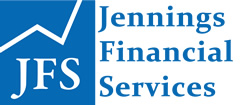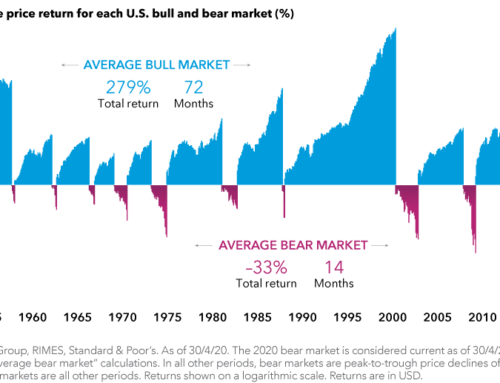Share Markets Fell sharply in October, led lower by the technology-heavy NASDAQ index in the US. Many major market indices are now in negative territory for the calendar year.
A notable feature of market behaviour through October was that Bond markets also came under downward pressure. Diversifying into bonds turned out to be a less effective tool in mitigating volatility than in it has been over the last 5 years. Defensive diversified funds with a large commitment to bond markets experienced a disproportionately large increase in realised volatility.
This article seeks to provide an explanation for the downturn and address the outlook for share markets.
The main points are:
- The fall in equity markets appears to have been triggered by a sharp rise in US bond yields;
- It’s a feature of share markets these days that when they fall, they fall sharply;
- While the rise in bond yields was driven by growing confidence that US economic activity is likely to remain robust, it did lead to investors to worry about the consequences of higher interest rates;
- There do not appear to be any major imbalances in the US economy so there is a low risk of a recession in the year ahead;
- Despite rising uncertainty, expectations for corporate cash flow and dividends appear largely unchanged; and
- So, the medium-term return expected from share markets is now a little higher compared to five weeks ago.
Q: Was October’s sharp decline in share markets expected ?
A: Short-term movements in the share market are virtually impossible to predict.
Nonetheless, the factors that appear to have contributed to October’s market decline have been the subject of debate and commentary throughout the year.
These factors include:
- Tightening of monetary policy in the US due to the progressive reduction in the size of the Federal Reserve’s balance sheet and ongoing rise in cash rates;
- Valuation multiples in many major markets trading above average
- Appreciation of the US dollar and the cost of borrowing US dollars, due in part to the changes in the US corporate tax rules, negatively impacting both emerging markets and Australia;
- Expectations that central banks in Europe and Japan will begin tightening monetary policy
- Rising trade tensions between US and China that could depress economic activity, and push up production costs; and
- Rising input costs due to labour market tightness.
For some reason, in October, investors collectively decided to become a lot more concerned about these risks.
- Has the decline in share markets been unusually large ?
- Corrections of the order of 10 % in share markets are a normal feature of these markets – including when they are in a long-term trend. However, it’s the abruptness of the decline that took investors by surprise. The Australian ASX 200 is down approximately 6 % in October.
We know that in the period from July 2016 through to January 2018 market volatility was unusually low. Part of the explanation was that investors were comforted by central banks’ preparedness to stamp on signs of instability to promote investor wealth and support business confidence.
With economic conditions having improved, policy makers are less inclined to intervene in response to moderate fluctuations in markets.
There is a growing number of “risk management” strategies in the market that respond to rising volatility by automatically reducing exposure. This serves to accelerate market declines and it takes time for excess volatility to dissipate and long-term investors to re-enter the market.
Q: What Narrative best explains the share market in October ?
A: There are two important factors to consider when talking about share prices.
First Factor, what is the cash flow (or dividend) profile the shares are expected to deliver over time ?
Second Factor, given the uncertainty in future cash flows, what is the appropriate discount rate to apply to determine an intrinsic value ?
I think that most of the October move in the share market was associated with a rise in the discount rate rather than a major negative re-assessment of the expectation for corporate cash flow. It would be a more serious issue for investors if we were seeing a major revision to cash flow expectations.
The above article appeared in the November edition of Money Management Magazine, and was written by Mr. Jeff Rodgers, CIO for ipac funds at AMP Capital
If you have any concerns or wish to discuss this further with Bruce please contact our office on 02 9369 1604








Leave A Comment